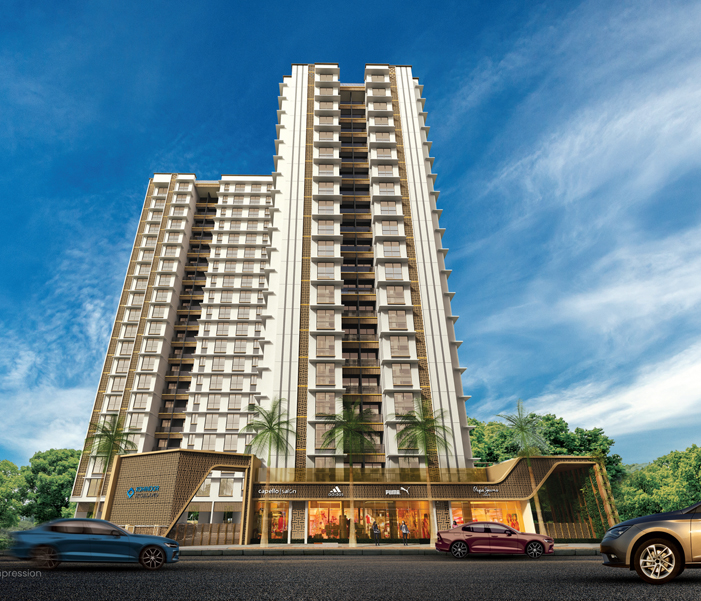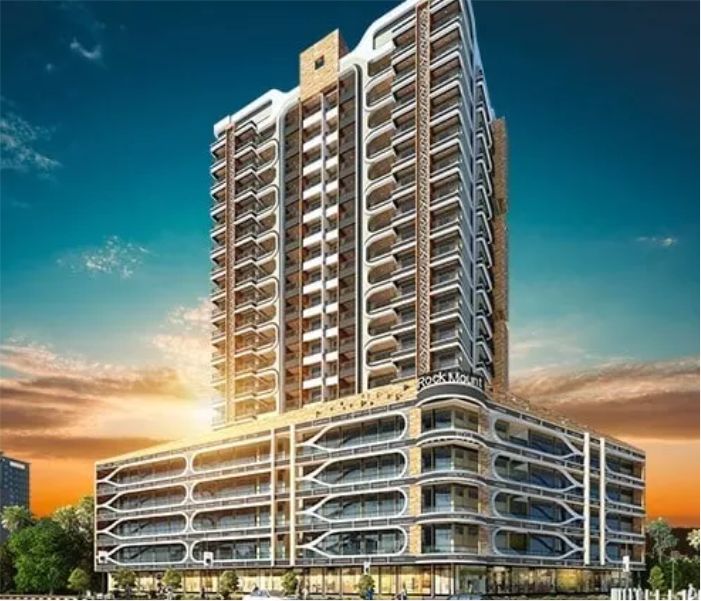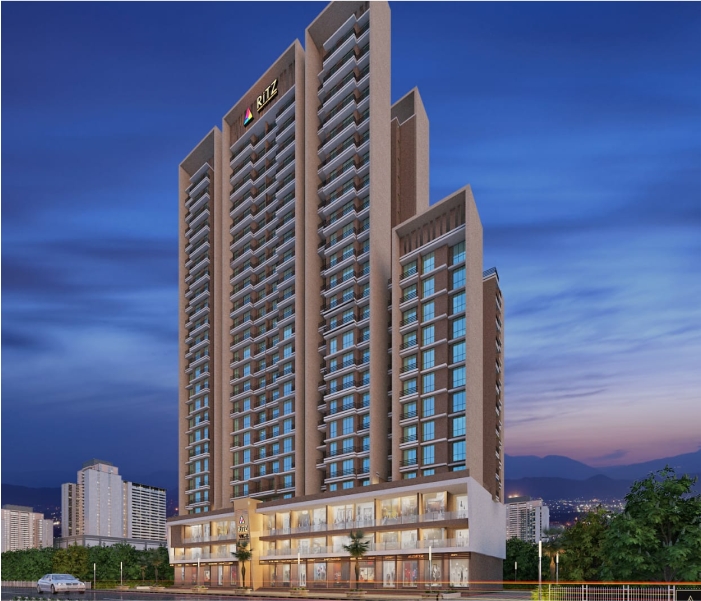
10 Key Tips for Mumbai Homeowners Redeveloping Society Buildings
In Mumbai, the redevelopment of old housing societies has seen significant growth, especially since the Maharashtra government introduced post-pandemic waivers to stimulate the real estate sector. Currently, out of the monthly average of 10,000 property registrations in Mumbai, redevelopment projects account for about 10% to 20%, according to data from Knight Frank India, a real estate consultancy firm.
Understanding Redevelopment
Redevelopment involves demolishing old structures, often two to seven storeys high, and replacing them with modern, larger buildings that meet current norms and standards. Homeowners in these old buildings benefit from receiving larger apartments in the new development at no cost, as developers sell a portion of the new units on the open market to generate profit. The government also benefits by selling Floor Space Index (FSI) to the developers.
Key Points for Homeowners Considering Redevelopment
1. Definition and Scope: Redevelopment involves tearing down the existing building and constructing a new, larger one. This process must comply with local regulations and norms.
2. Benefits to Residents: Homeowners typically receive bigger and more modern apartments in the new building. For instance, if the original flats were 450 sq ft, the new ones might be 500 sq ft.
3. Government Revenue: The government earns revenue through the sale of FSI to developers, which allows for increased building heights and additional units.
4. Approval Process: For a society to proceed with redevelopment under the Maharashtra Apartment Ownership Act (MAOA), at least 51% of the members must approve the project.
5. Development Agreement: A formal agreement is signed between the homeowners and the developer. This agreement outlines the commitment of the developer to provide each homeowner with a larger apartment in the new building.
6. Utilization of FSI: The developer utilizes the unused FSI of the plot to construct additional homes, which are then sold in the open market.
7. Financial Arrangements: Developers finance the project by selling extra units. This model ensures that homeowners do not bear the redevelopment costs.
8. Legal Safeguards: Homeowners should ensure that the development agreement includes clauses that protect their interests and provide compensation or alternative housing during the construction period.
9. Selection of Developer: Choosing a reputable and experienced developer is crucial. Homeowners should conduct thorough background checks and review past projects of potential developers.
10. Long-term Benefits: Redevelopment not only provides homeowners with new, larger homes but also enhances the overall infrastructure and value of the property.
Practical Example
Consider a scenario where a five-storeyed building with 20 flats, each 450 sq ft, is up for redevelopment. The developer agrees to give each owner a 500 sq ft flat in the new structure. This arrangement benefits the homeowners, who receive larger apartments, while the developer profits from selling additional units made possible by the increased FSI.
In summary, the redevelopment of old housing societies in Mumbai offers significant benefits, including larger and modern apartments for homeowners, increased government revenue, and enhanced property values. However, it requires careful planning, legal safeguards, and choosing the right developer to ensure a successful transition.



Recent comments(0)